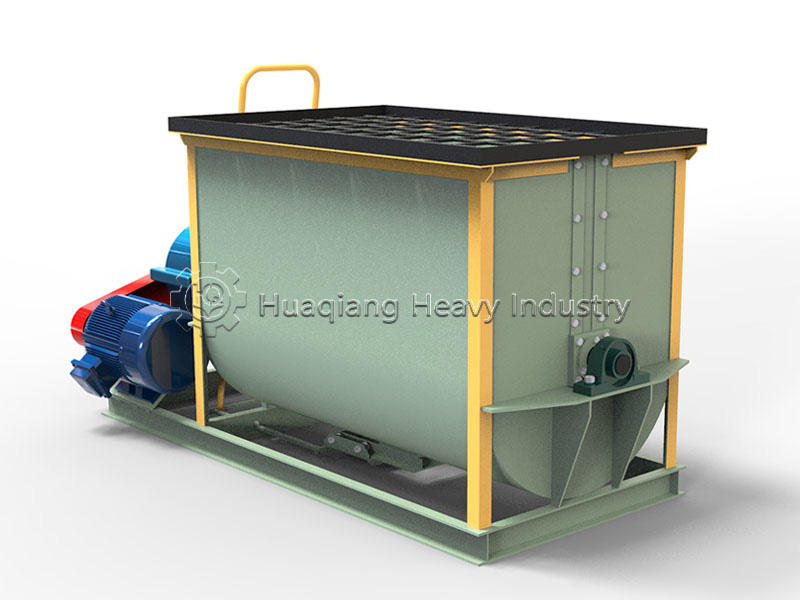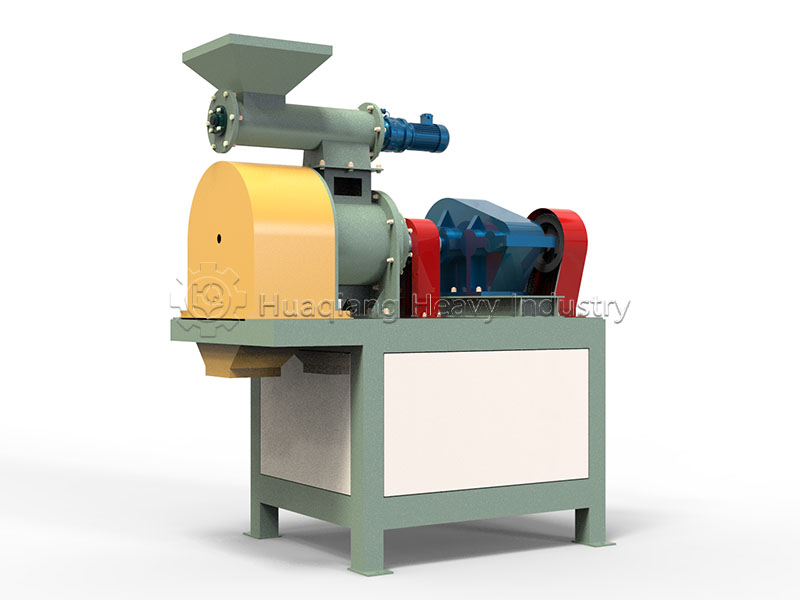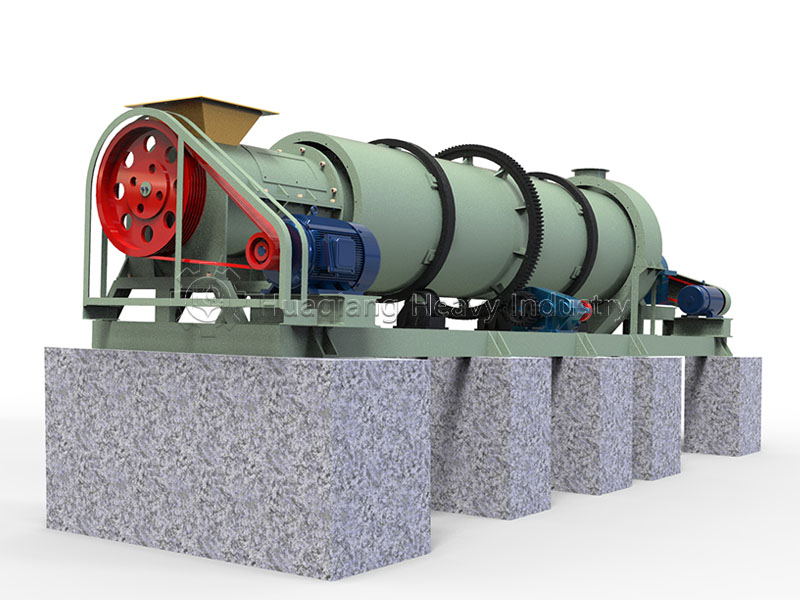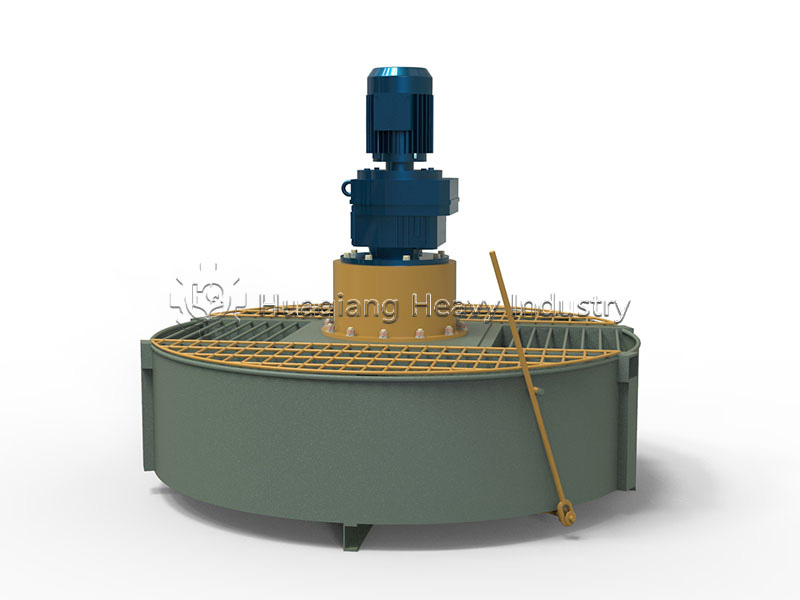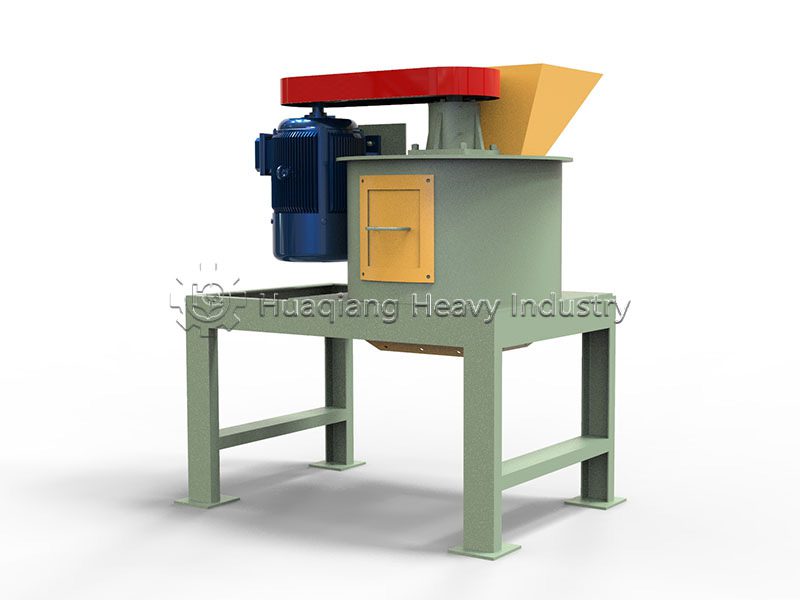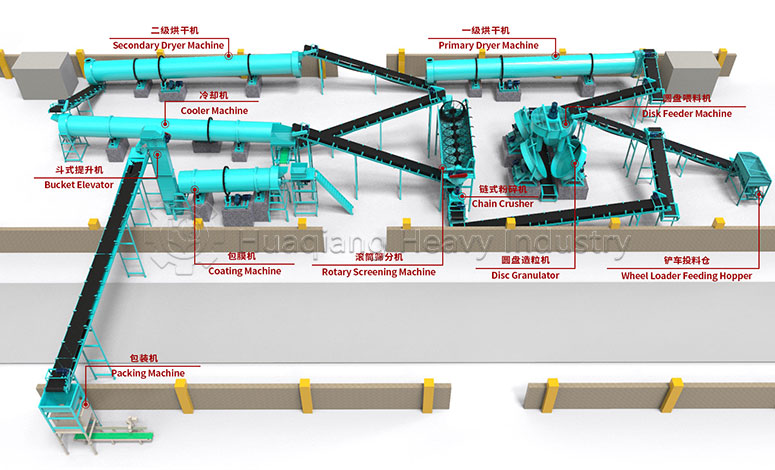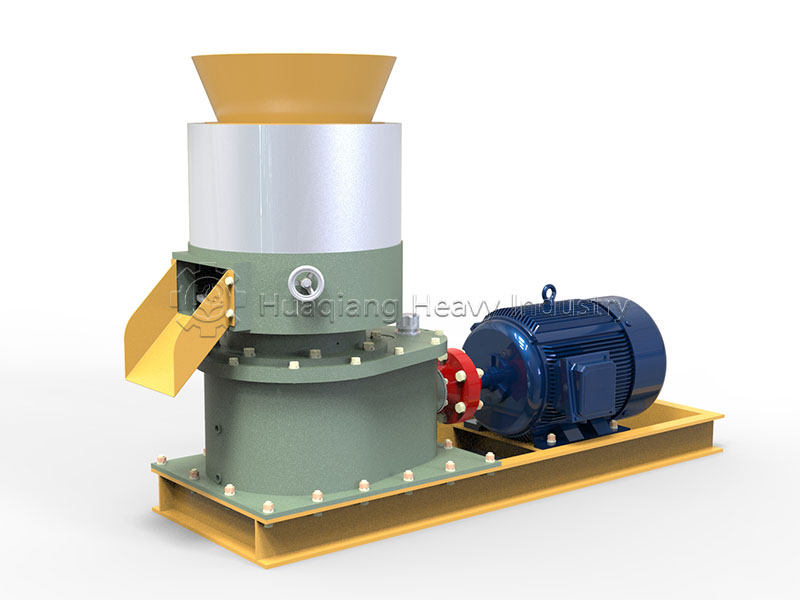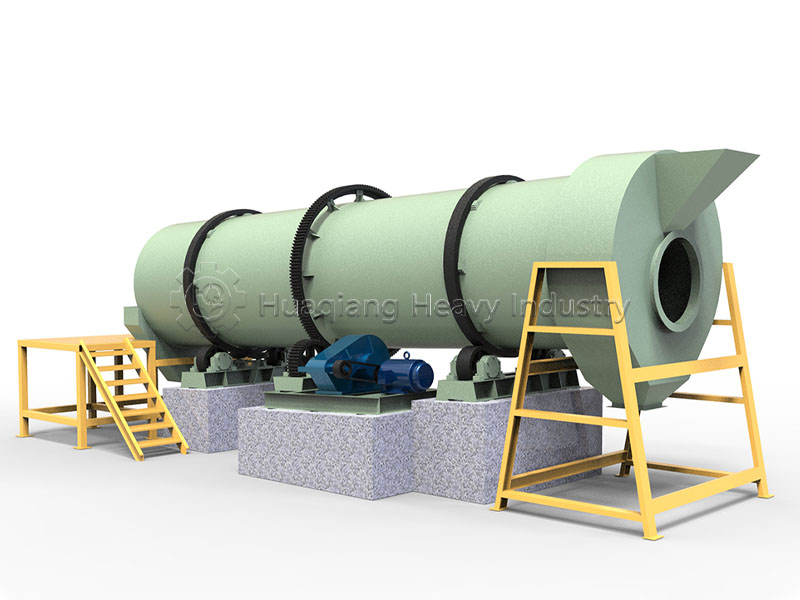On the stage of fertilizer production, the crusher is a crucial “pre-treatment specialist.” Whether it’s hard chemical fertilizer raw materials or damp, caked organic fertilizer, they all need its “grinding” to become uniform, fine powder, laying the foundation for subsequent high-quality granulation. But with many types of crushers available, how does one choose?

The Four “Schools” of Crushers
Crushers are mainly classified by their working principle, each with its own specialty, much like different martial arts schools:
Impact School (Hammer/Blade Type): These crushers rely on high-speed rotating hammers or blades to violently strike the material, breaking it by impact force. They excel at handling brittle materials, such as dried fertilizer granules or organic fertilizer blocks, offering high efficiency and output.
Compression School (Jaw/Roller Type): They don’t rely on brute force but use “internal skill,” applying extrusion and shearing forces through two relatively moving components (like jaw plates or rollers). They are experts for tackling “hard bones” like phosphate rock, potassium chloride, and other mineral fertilizers, steadily breaking large chunks into smaller particles.
Shear School: True to its name, it uses sharp cutting tools for slicing and shearing, specifically designed to conquer “tough” materials with high fiber content and toughness, such as straw, caked livestock manure, and peat. It’s like using sharp scissors to cut rope.
Grinding School (Ball Mills, etc.): Pursuing ultimate fineness. They rely on friction and grinding between grinding media (balls, rods) and the material to pulverize it into super-fine powder. They are often used in compound fertilizer production where strict powder fineness is required.
The All-Rounder: Chain-Type Crusher
Among the many types, the chain-type crusher is highly favored in organic and compound fertilizer production due to its unique adaptability and comprehensive performance. It cleverly combines impact and shear principles.
Its core working component consists of multiple sets of chains mounted on a high-speed rotating shaft. After material enters the crushing chamber, it is first violently struck by the high-speed chains, breaking large pieces. Then, the relative movement between adjacent chains creates a shearing force, cutting long fibers short. Collisions between material particles and with the chamber walls further refine the particle size. Finally, qualified fine powder passes through the screen at the bottom, while oversized particles remain in the chamber for further “tempering.”
Why Does the Chain-Type Crusher Stand Out?
It has become a common choice for small and medium-sized fertilizer plants, thanks mainly to the following advantages:
Strong Raw Material Adaptability: It can handle both caked organic fertilizer with 20%-30% moisture (resistant to clogging) and medium-hard chemical fertilizer granules, making it a versatile machine.
Uniform Crushing Particle Size: The dual action of impact and shear, combined with screen control, produces uniform powder that meets the requirements for subsequent granulation.
Simple Structure, Easy Maintenance: The core wearing parts are the chains, which are low-cost and easy to replace, resulting in minimal daily maintenance work.
Low-Temperature Operation, Protects Nutrients: The crushing process does not generate high temperatures, avoiding the loss of heat-sensitive nutrients like nitrogen in organic fertilizers. This is crucial for organic fertilizer production that emphasizes nutrient preservation.
Good Balance of Energy Consumption and Efficiency: Compared to pure impact crushers like hammer mills, it has relatively lower energy consumption and higher efficiency when processing fibrous materials.
From Crushing to Granulation: A Complete Organic Fertilizer Production Chain
The chain crusher, as a key piece of organic fertilizer raw material crushing equipment, is the essential first step in a comprehensive organic fertilizer production line. Its role is to prepare uniform raw materials for the subsequent organic fertilizer fermentation process. Efficient decomposition during fermentation is further enhanced by modern fermentation composting turning technology, implemented with equipment such as the chain compost turning machine to ensure proper aeration and temperature control.
Following complete stabilization, the matured compost proceeds through the final stages of the bio organic fertilizer production line. The complete suite of organic fertilizer production equipment then comes into play, often featuring a new type two in one organic fertilizer granulator that combines mixing and shaping functions to transform the compost into uniform, market-ready pellets. This integrated system—from efficient size reduction and optimized biological decomposition to precision granulation—demonstrates the sophisticated workflow required to transform diverse organic wastes into high-value, effective soil amendments for sustainable agriculture.
Conclusion
Choosing the right fertilizer crusher is all about “applying the right remedy.” Understanding the characteristics of the raw material (hardness, moisture, fiber content) and the final product’s requirements for particle size is the foundation for making the correct decision. The chain-type crusher, with its good balance and adaptability, provides a reliable and efficient solution for processing fertilizer raw materials with complex compositions. It ensures that every batch of raw material enters the next process in optimal condition, securing the first gate for producing high-quality granular fertilizer.
